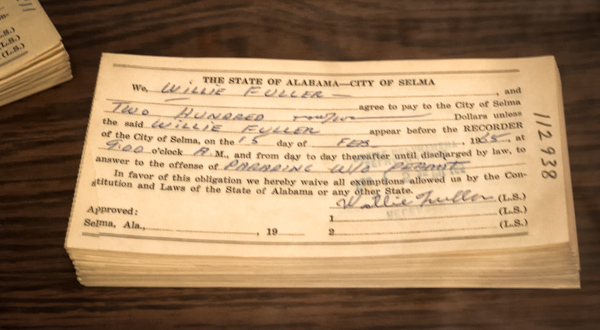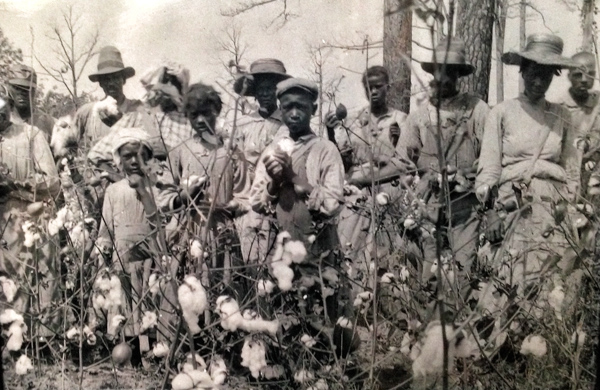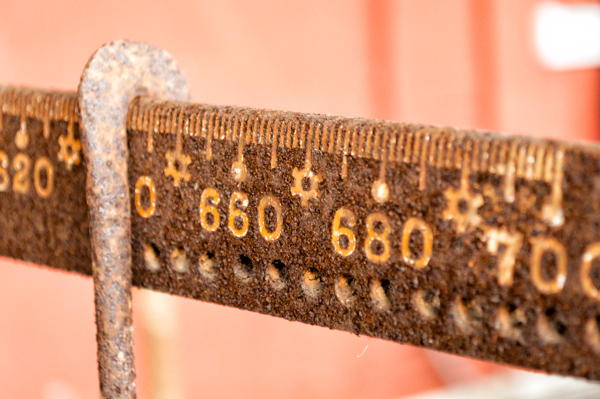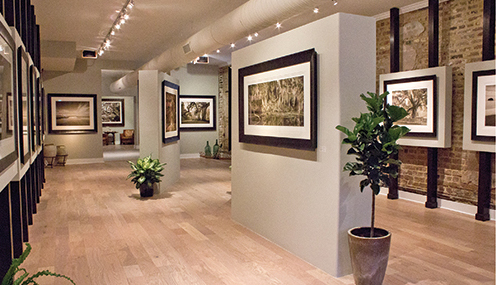Last week my friend took us on a tour of the contemporary art galleries in Santa Fe's Railyard District. This area was formerly the blighted remains of the Atchison-Topeka and Santa Fe railroad yards. After years of planning and community input a plan was created in 2000 to breathe new life into this neighborhood. Today, the Railyard is a vibrant and lively neighborhood of parks, open space, art galleries, retail, and public service buildings that honor the railroad's industrial past.
One of our first gallery stops was the TAI Gallery where works by Japanese bamboo artists were on display. While some looked like baskets one could possibly use but wouldn't dare, other creations were strictly sculptures made from traditional bamboo basket-making materials.
The following Saturday I wandered through the Railyard again, this time stopping in the Fleamarket and the Artisan's Market where I met Ericka Eckerstrand, a totally different kind of basket-maker. Eckerstrand has created a whole line of bags, baskets, and home accessories using vinyl outdoor fabric. Her sturdy, flexible and waterproof baskets are artful and extremely functional. The inspiration came to her while working in a shop that makes custom awnings. As someone who has spent hours wandering the aisles of hardware stores looking for non-traditional uses of materials - sheetrock lathing for bird armatures, for example - her creativity just tickles my fancy. Not to mention the fact that her baskets are far more affordable than the lovely Japanese ones above.
Take a look and click on the pictures to visit Eckerstrand's website.
Sleeves
Swatches of vinyl fabrics




































